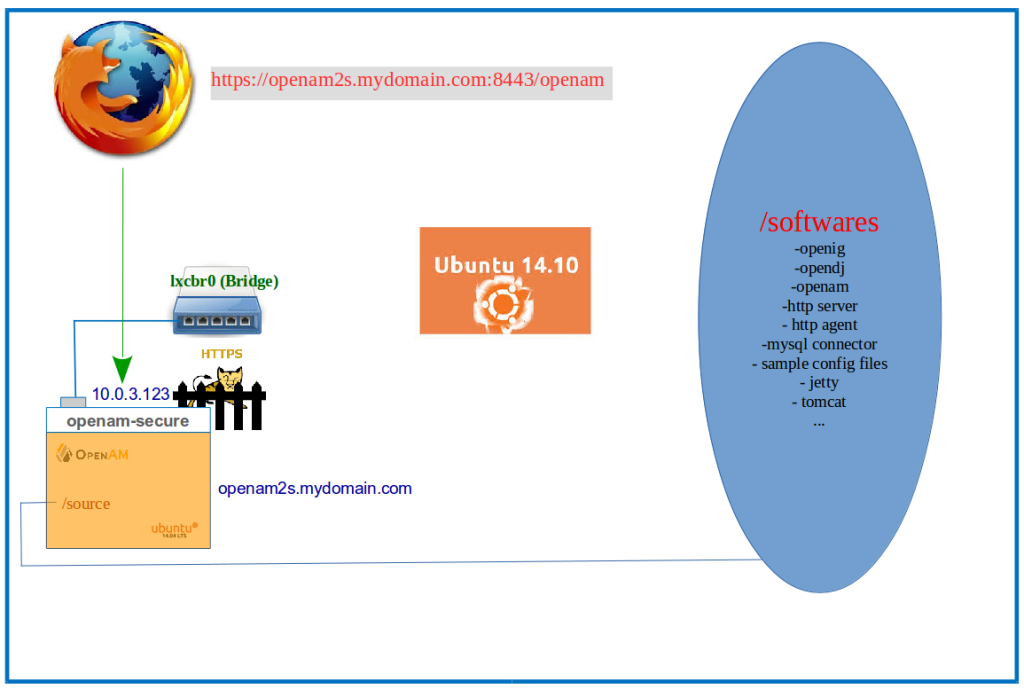Interested to see how ForgeRock Identity Gateway orchestrates with the ForgeRock Access Management solution to replay a User Credential on to a Legacy Application giving him/her access to it? There’s a screen-cast right below this write up. I had already posted a couple of entries on this space, demonstrating how OpenIG fetches User Credentials from different Datastores like a CSV file and a JDBC Database. While it’s not a prerequisite to know it before viewing the Video below, it might help get a good grip on the steps performed. So if you haven’t come across those blog entries yet, here it is:
– ForgeRock OpenIG 4 – Getting Credentials from File Datastore
– ForgeRock OpenIG 4 – Getting Credentials from Database
What to expect in the video?
– A user tries to access ‘http://openig.mydomain.com:8080/replay’ url
– A Java EE OpenAM Policy Agent sitting in front of the ‘http://openig.mydomain.com:8080′ url intercepts the request from the client (user’s browser) and redirects the request to ForgeRock OpenAM (http://openam.mydomain.com:8080/openam)
– ForgeRock OpenAM will send the OpenAM Login Page back to the user
– The user supplies the credential, which the OpenAM verifies. If authentication is successful,OpenAM adds the username of the user and his/her encrypted password to the session and sends it to Java EE Policy Agent
– Java EE Policy agent validates the user’s session, gives control to OpenIG.
– Because the URL that the client requested for (http://openig.mydomain.com:8080/replay), matches a specific route (say 04-route.json) configured in OpenIG, it applies the filters in the route configuration file. The first filter will use a shared key (also known to the OpenAM) to decrypt the encrypted password sent by OpenAM. The second filter will retrieve the username and password from the exchange and replaces your browser’s original HTTP GET request with an HTTP POST login request that contains the credentials to authenticate and the third filter will remove the username and password headers before continuing to process the exchange.
– The HTTP server validates the credentials and respond back to OpenIG with user’s profile page
– OpenIG sends that response to the End user
Note: OpenAM in our setup is configured to process a ‘Password Replay’ Java Class on successful authentication. The Java EE agent in OpenAM is configured only for Single Sign On (SSO) and is configured to add the UserToken (username) and sunIdentityUserPassword (password) as session attributes in HTTP header. And the FQHN of OpenAM deployment in the Video demonstration is ‘idp.mydomain.com’ and not ‘openam.mydomain.com’
To satisfy your Visual Cortex, here’s an illustration of the steps above:
Now on to the step by step configuration. Enjoy!
Related Documentation / Video:
– ForgeRock OpenIG Documentation
– Screncast on ‘ForgeRock OpenIG 3.x : Getting Credentials from OpenAM‘





